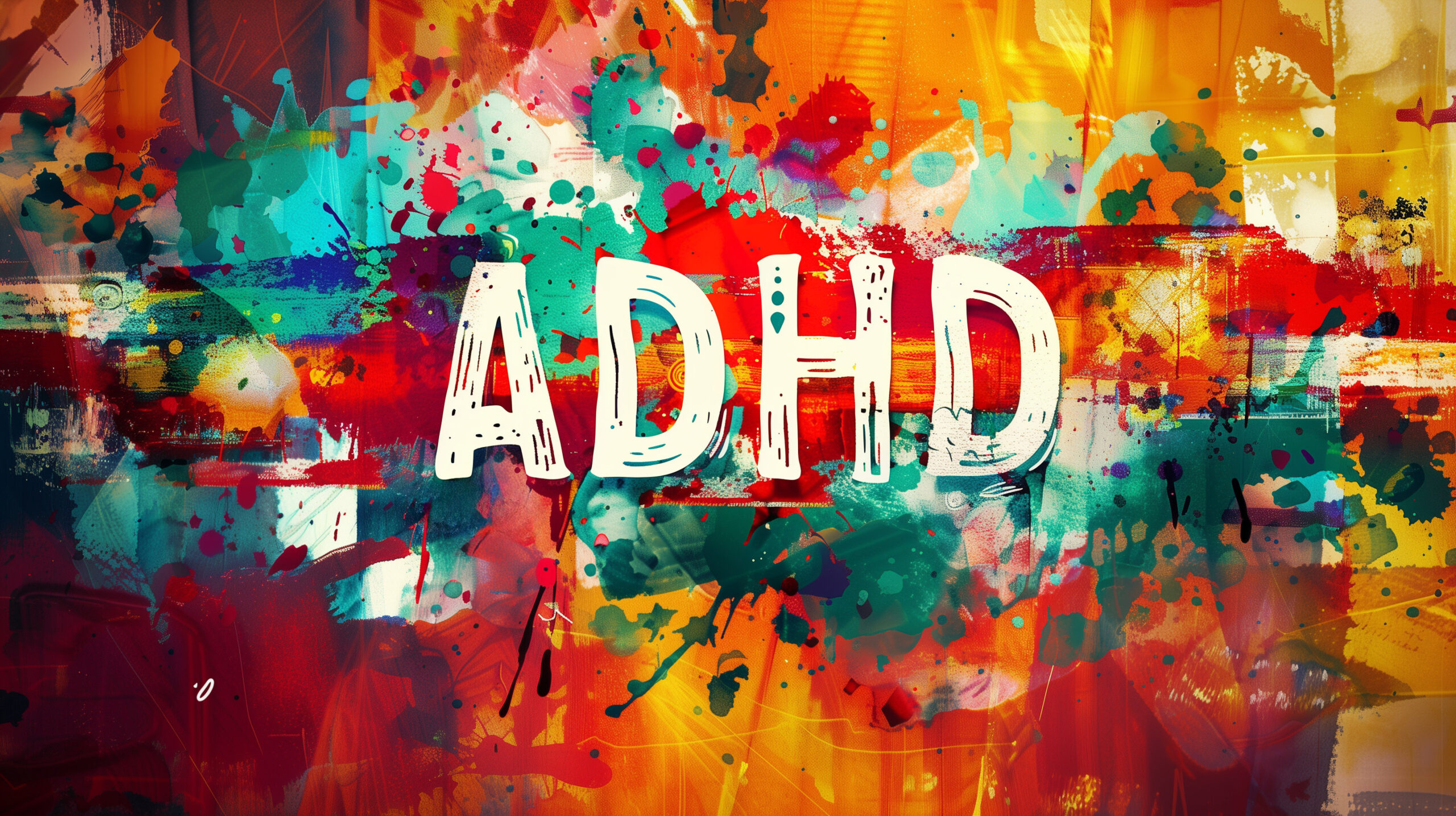Immersive learning creates engaging, realistic and empathetic learning experiences that help to boost workplace inclusion. Paul Anderson-Walsh explains
There are lots of different learning activities to engage the brain, and they have varying impacts on our understanding, short and long term memory encoding and recall.
I am certain that many of us spend too much time reading and too little time reflecting. If we split our reading time in half – dedicating one part to reading and the other to reflecting on what we’ve read – our retention rate would be significantly higher.
Inclusion literacy is the understanding of concepts and reasons behind inclusion (knowing what and why). Inclusion is a feeling. When it comes to inclusion literacy, the Scottish adage applies: “it is better felt than telt.”
Immersive learning offers people a safe space to grow in their understanding
To get the behavioural shifts that are the aim of embedding inclusion in an organisation’s culture, it is necessary to remove the blocks to awareness. Hence, the initial step in any inclusion maturity journey begins with awareness. Drawing a parallel between emotional intelligence (EQ) and diversity, equity, belonging and inclusion intelligence (DEIBQ), we identify four critical axes:
- Self-recognition.
- Self-regulation.
- Social awareness.
- Relationship management.
In the context of inclusion, self-recognition is a prerequisite of self-regulation.
From inclusion literacy to inclusion fluency
If your aim is to go beyond literacy and achieve inclusion fluency, which extends this understanding to applying these concepts in real-life scenarios and generating original, thoughtful contributions (knowing how) then you will need to consider additional and more immersive methods of learning.
Inclusion fluency is more of a will than a skill. One of the reasons we have seen such meagre returns from the various diversity initiatives (aside from the miscalculation that diversity efforts result in increased inclusion – they do not) is that they have focused on changing how we behave without addressing how and why we perceive what we perceive. As self-help guru Eckhart Tolle notes: “Remember that your perception of the world is a reflection of your state of consciousness.”
Experiential learning focuses on facilitating participatory, authentic and meaningful experiences for people. Immersive learning goes one step further to a deeper level of absorption or saturation through complete sensory engagement. While VR technologies will undoubtedly play a growing role, equally powerful experiences can be derived from things like live theatre. A lived experience needs to be experienced. It needs to be understood personally rather than through description or instruction.
Cognitive immersion makes the learning sticky. Being able to place ourselves in the story deepens both our level of engagement and the depth of the connection.
The power of empathy in immersive learning
By mirroring real life, immersive learning improves inclusion literacy in organisations in numerous ways. The most valuable benefit is its capacity for empathy building. Immersive learning environments enable individuals to experience perspectives different from their own, fostering empathy and understanding. By virtually stepping into someone else’s shoes, employees can better appreciate the challenges and biases that others face, which is a crucial component of inclusion literacy.
Complete inclusion requires complete identification. It is impossible to love your neighbour until you know him as yourself. The power of inclusion is a limitless, it is only limited by our inability to see our neighbours as ourselves if we can use immersive learning, and its rapidly developing technologies like virtual reality (VR), augmented reality (AR), and mixed reality (MR) then that is very exciting indeed.
Traditional training methods often fail to fully engage participants. The 70/20/10 model (70% of learning happens through on-the-job experience, 20% socially through colleagues and friends and 10% via formal training experiences) and experiential learning have sought to address this deficiency but that is made all the more interactive by being immersed in scenarios that require active participation. This engagement can lead to a deeper understanding of inclusion principles and more effective learning outcomes. This approach to learning offers a hands-on, interactive experience that can more effectively engage participants and convey the nuances of inclusion and diversity.
Here are some talking points on how immersive learning is improving inclusion literacy in organisations:
Immersive learning offers people a safe space to grow in their understanding – where they can critique in a controlled environment their own and other missteps being played out without real-world consequences. This safe space is vital for exploring sensitive topics related to inclusion and diversity, allowing learners to experiment with different approaches to challenging situations.
Customising and scaling immersive learning
One of the things we hear constantly from clients is that their environment is unique. Rarely do they want off-the-shelf solutions. Customising offerings through theatre and tech platforms allows for the training modules to address the inclusion challenges within an organisation. This tailored approach ensures that the content is relevant and directly applicable to the learners’ daily interactions and organisational culture.
It is also true to say that, once developed, immersive learning programmes can be scaled and distributed across an organisation with ease, making it accessible to a wide audience. This scalability ensures that inclusion literacy initiatives permeate the entire organisation, fostering a more inclusive culture at all levels.
Immersive learning represents a powerful tool in the advancement of inclusion literacy within organisations. By leveraging both the arts and technology to create engaging, realistic and empathetic learning experiences, companies can foster a more inclusive culture that values diversity and promotes a sense of belonging for all employees.
Paul Anderson-Walsh is CEO of ENOLLA Consulting




